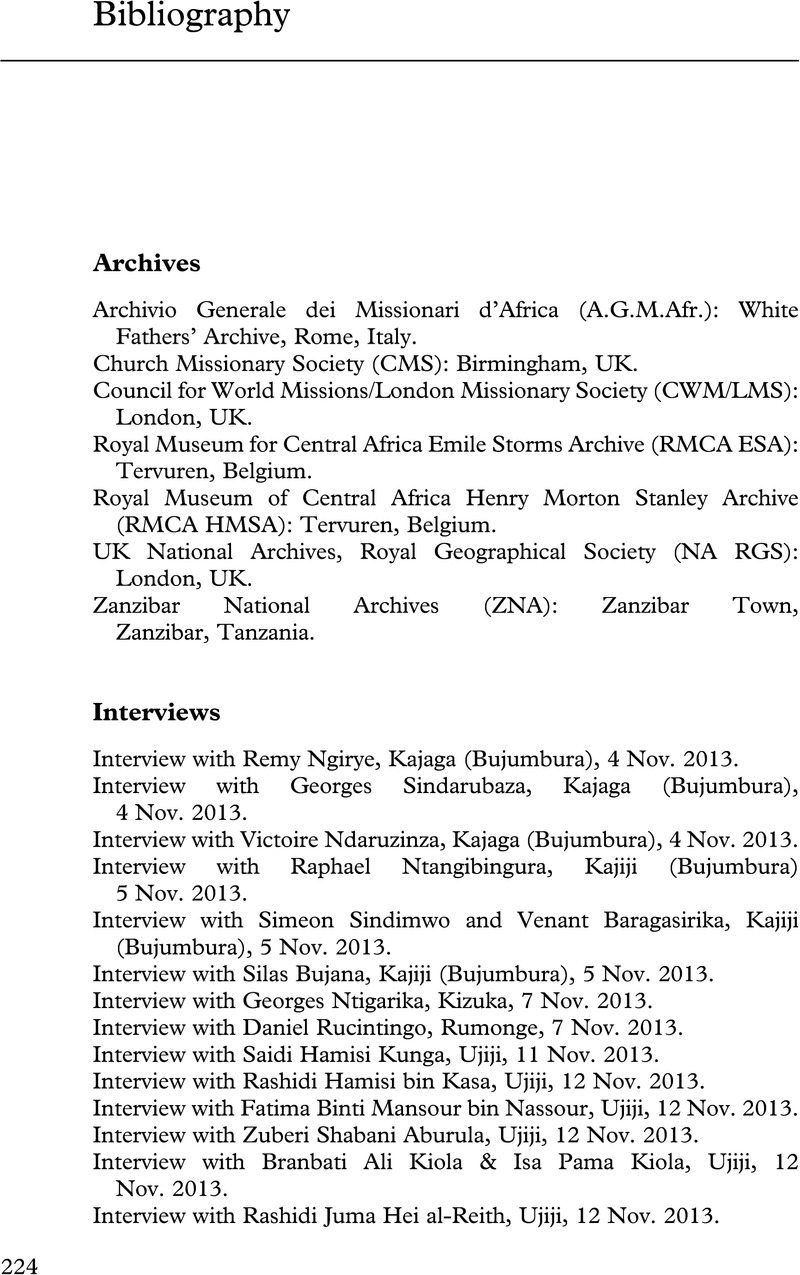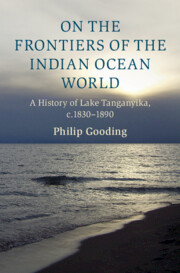Book contents
- On the Frontiers of the Indian Ocean World
- Cambridge Oceanic Histories
- On the Frontiers of the Indian Ocean World
- Copyright page
- Dedication
- Contents
- Figures
- Acknowledgements
- Note on the Text
- Abbreviations
- Introduction
- Part I Demarcations of Space
- Part II Interactions
- Epilogue
- Glossary
- Bibliography
- Index
- References
Bibliography
Published online by Cambridge University Press: 21 July 2022
- On the Frontiers of the Indian Ocean World
- Cambridge Oceanic Histories
- On the Frontiers of the Indian Ocean World
- Copyright page
- Dedication
- Contents
- Figures
- Acknowledgements
- Note on the Text
- Abbreviations
- Introduction
- Part I Demarcations of Space
- Part II Interactions
- Epilogue
- Glossary
- Bibliography
- Index
- References
Summary

- Type
- Chapter
- Information
- On the Frontiers of the Indian Ocean WorldA History of Lake Tanganyika, c.1830-1890, pp. 224 - 249Publisher: Cambridge University PressPrint publication year: 2022

